Over the past year, we at Rethink have tried to illustrate resilience thinking for global development. In this, our 42nd piece, we reflect back on the meaning of it all – or at least the meaning of our publication.1 1. Adams, D., 1979. The Hitchhiker's Guide to the Galaxy. London (UK): Pan Books. 159 pp. See all references We hope to use that meaning as a guide on our travels through the universe and time, as it continues ticking into 2018.
A resilience lens is an important perspective for development. It helps researchers and practitioners to acknowledge and understand the complexity of challenges where development interventions are aimed – the complexity of people and places. Resilience perspectives can guide these interventions onto pathways that might lead to desirable and sustainable outcomes.
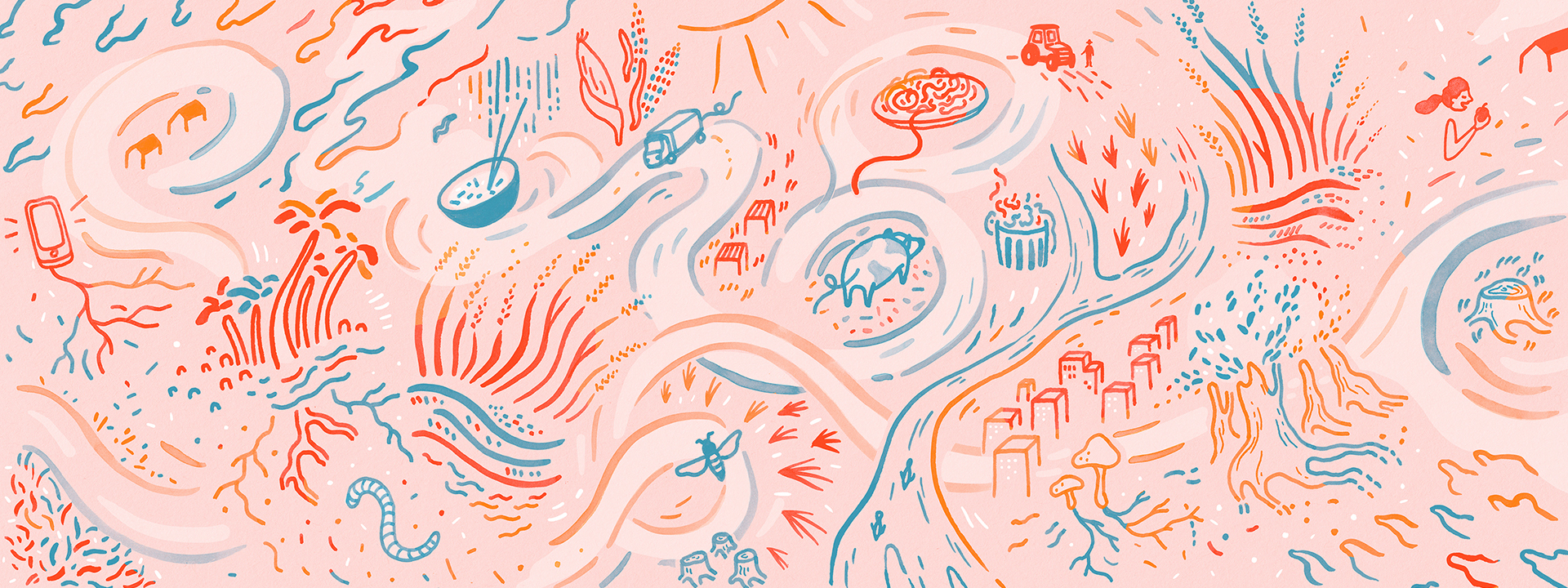
While we have looked at transforming development practice for typical actors in this space (here and here), we are also hoping to get out the message that we all need to think a little differently, as development happens everywhere, connecting across time and space, societies and ecosystems (here).
We have visited the smallest scale (here) to the global scale (here), from small communities (here and here) to international waters (here and here) and tropical rainforest (here and here), from rural places (here, here, here, and here) to urban hubs (here and here). We have heard from artists (here), local store owners (here), and world-leading researchers and experts (here, here, here, and here). And we have looked from old practices (here and here) to new (here).
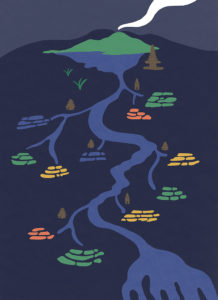
An illustration of the water temples and subaks downstream of the crater lake. Illustration: Elsa Wikander/Azote.
We’ve presented the history of resilience thinking (here and here) and heard concrete examples where it has been put to practice (here). We’ve also provided more theoretical and philosophical explanations of how this line of thinking can be applied (here and here) and how it should be understood from our perspective (here and here).
Our goal has been to illustrate the lessons learned in each of these stories, and across scales, and in the end to show how the stories are in many ways connected. For example, the microbes (here) in our bodies and surroundings connect to new ways of thinking about food systems (here). Finally, we want to show how resilience thinking can be a useful lens when looking for solutions and ways forward (here, here, here, here, and here).
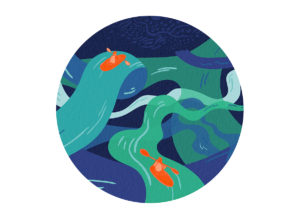 Looking ahead, development challenges include food security (here, here, here, here, here, and here), human health (here and here), and poverty (here, here, and here), as well as climate change (here, here, and here), pollution (here, here, and here), and loss of biodiversity (here). Next year at Rethink, we will be telling more stories on how to address these challenges, and expanding the discussion to new ways of thinking, including narratives in the works on algorithms and blockchain technology, urban partnerships, and agroecology.
Looking ahead, development challenges include food security (here, here, here, here, here, and here), human health (here and here), and poverty (here, here, and here), as well as climate change (here, here, and here), pollution (here, here, and here), and loss of biodiversity (here). Next year at Rethink, we will be telling more stories on how to address these challenges, and expanding the discussion to new ways of thinking, including narratives in the works on algorithms and blockchain technology, urban partnerships, and agroecology.
Our mission for the next year is to continue traveling across these scales in space and time. Looking ahead to 2018, key meetings on the Sustainable Development Goals will take place in New York at the United Nations for the High Level Political Forum on Sustainable Development, on the Future Earth in South Africa, and other events around the world throughout the year to take steps forward to achieve set targets. We plan to provide resilience thinking perspectives applicable to these and other issues at an international level, while also delivering local stories that show the impacts of these agreements, of regional and local conditions, and more.
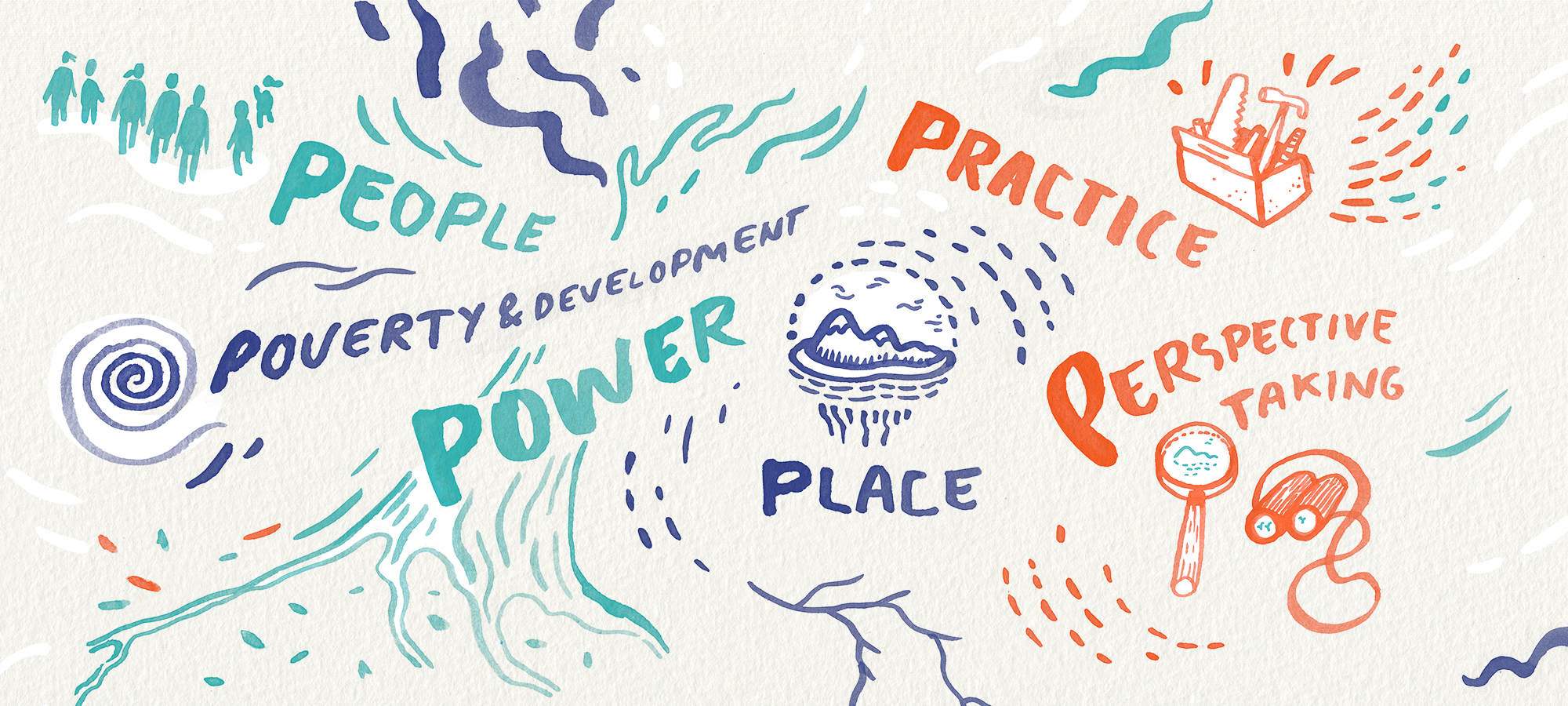
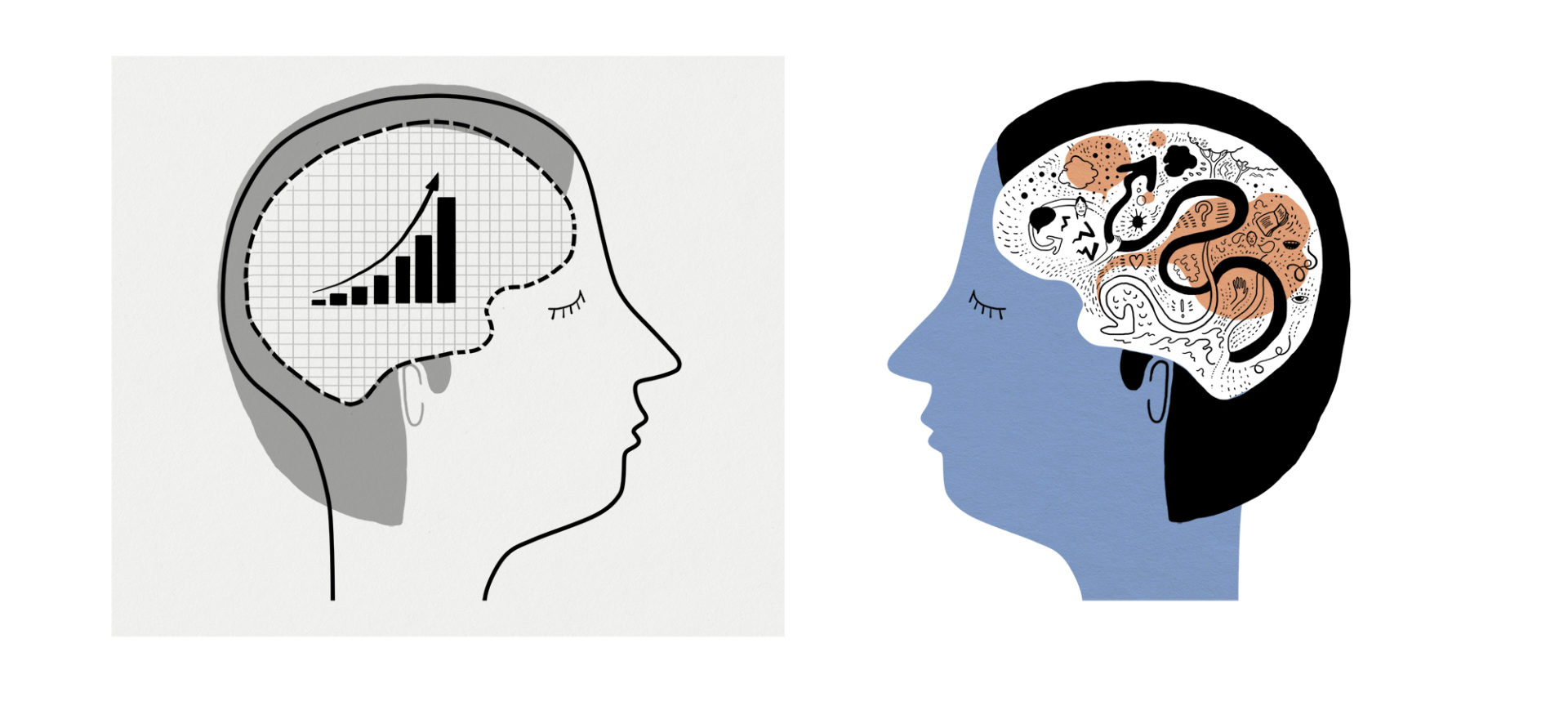
 4 MIN READ / 556 WORDS
4 MIN READ / 556 WORDS